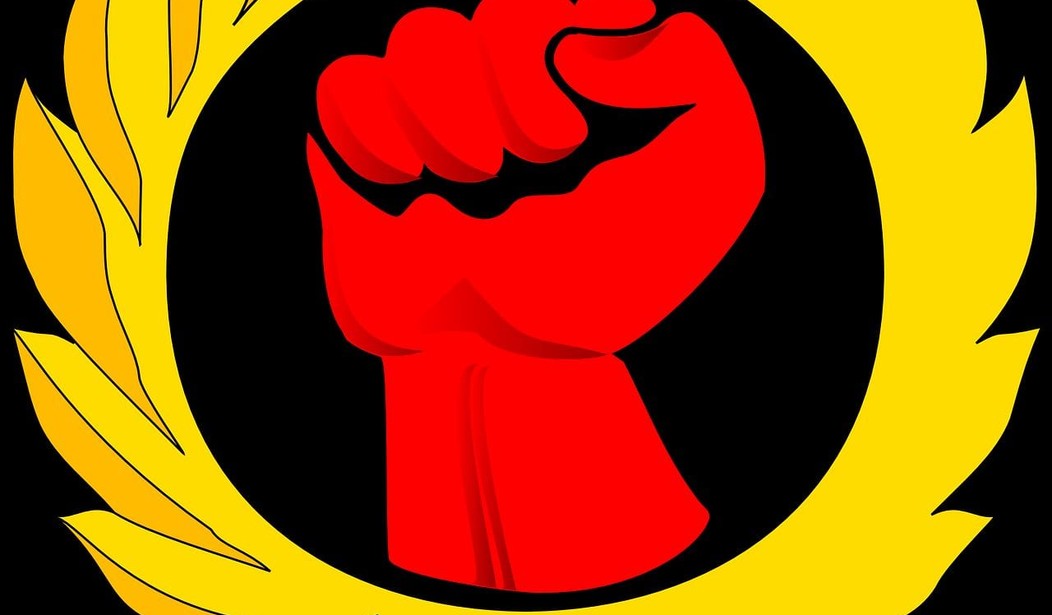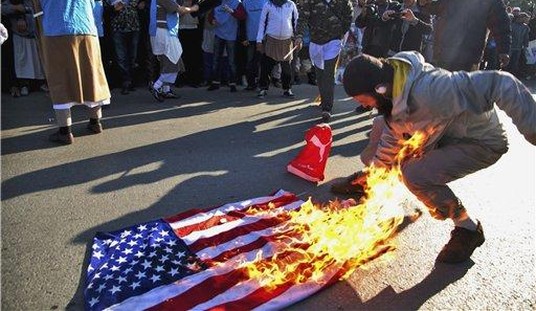Happy Labor Day? Federal authorities raided the homes of present and past union leaders in what appears to be a widening probe into corruption at the United Automobile Workers (UAW).
The FBI on Wednesday raided the Michigan residence of UAW President Gary Jones and the California home of former UAW President Dennis Williams. Federal agents also executed search warrants at the union’s resort in Onaway, Michigan, which spans 1,000 acres, and at other locations. Neither Jones nor Williams has been charged with a crime.
The raids come amid a yearslong corruption investigation, which broke into public view in 2017, into possible wrongdoing by union leaders and auto executives, including illegal payoffs to union figures and bribes from auto officials to union executives.
The investigation thus far has led to charges against nine people, eight of whom have been convicted.
Walter Reuther is turning over in his grave. UAW leadership in a corrupt relationship with auto executives? In the 1930s, the ancestors of those execs hired goons (and local police) to beat up striking workers. Now they appear to have a nice, cozy sweetheart relationship.
The raids come at a critical time for the UAW and auto workers, as the union is in the midst of contract negotiations with General Motors, Ford, and Fiat Chrysler. The current four-year labor agreements expire Sept. 14.
In addition to the ongoing contract talks, the auto industry has been buffeted by slumping sales, layoffs, and plant closures, and faces an ever-looming threat of tariffs.
The raids indicate the government’s investigation could be widening and escalating, raising questions of whether it could lead to the filing of a civil racketeering lawsuit and federal oversight of the UAW.
Public support for unions remains strong.
Labor unions seem to be a critical topic right now. Teachers, medical professionals, digital media employees and e-commerce workers have all entered the national conversation in recent months, either for their attempts to unionize or their calls to strengthen workers’ rights.
In theory, their demands are well supported by the American public. According to a recent Gallup poll, 64% of Americans approve of labor unions. That’s a five-year high, and the third-highest approval number since 1970.
However, actual union membership rates are relatively low. Data from the Bureau of Labor Statistics reveals the general union membership rate for 2018 was 10.5%, which is about even with the numbers from 2017. However, that percentage represents a precipitous overall decline in union membership since comparable data was first released in 1983. That year, more than 20% of workers belongs [sic] to a union. Over time, that number has dropped steadily by almost half.
With the corruption, the occasional thuggery, the greedy, grasping union leadership, it’s a wonder unions’ support with the public is as high as it is.
I think that number represents the leftover enormous goodwill earned by unions in the early days of industrial unionization. And there’s good reason for that as I wrote on Labor Day, 2011:
The modern concept of “work” was largely created by organized labor. The story of how that came about is a fascinating one that has everything a good drama should have; heroes, villains, damsels in distress, and ultimate tragedy as unions first corrupted themselves, then were taken over in many cases by organized crime, and now have atrophied to become caricatures of themselves.
Go back 125 years and you will find that “work” meant something entirely different than it does today. Work was getting up at the crack of dawn and going to a factory where it was a crap shoot as to whether you’d leave at dusk that day with all your fingers, toes, hands, arms, legs, feet, and eyes – not to mention coming home at all. Safety regimens, workers’ compensation, and work rules that put safety first were all invented by industrial unions.
Too smart to work at a factory? How about working as an accountant at the turn of the 20th century. You would likely work 10-12 hours a day in poor light, 6 days a week, with no paid sick leave or paid vacation, and arbitrariness in hiring and firing. It wasn’t until unions came along and literally fought for these benefits, that these things we take for granted today in all industries became common in the workplace.
It’s a legacy unions should be proud of. But the inheritors of this legacy have squandered it all. It’s hard to see how any unions except government worker unions will be left in a decade as America’s industrial base continues to disappear and the benefits of unionization become more obscure.










Join the conversation as a VIP Member